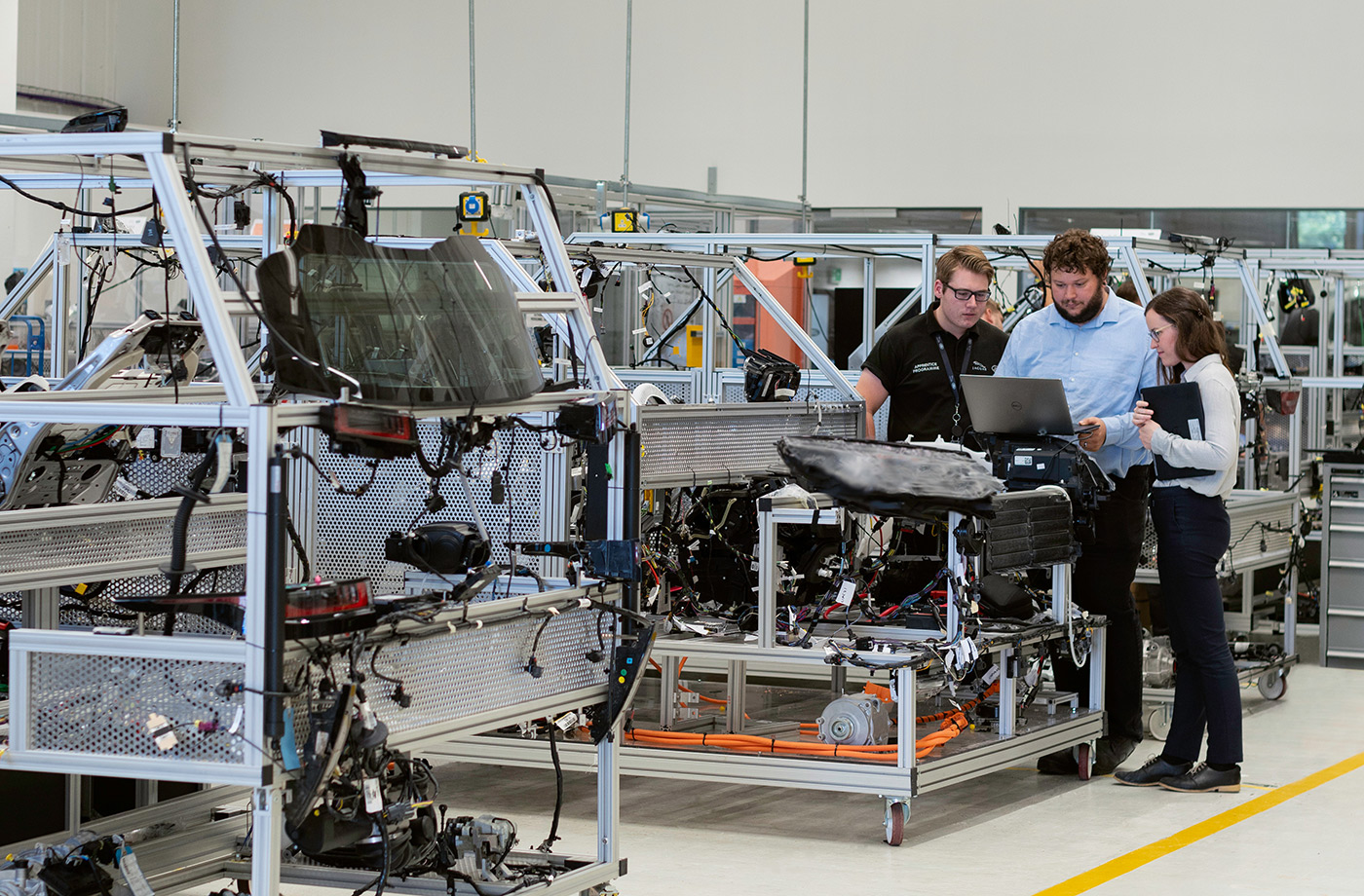Developing and maintaining competitiveness in the domestic economy at the regional or global level depends on an innovative approach. As a nation, we have a long tradition of cooperation and collaboration, which has been redefined and promoted through clusters so that it can be one of the paths towards a more competitive economy based on innovation. The question is, how prepared are we as individuals and as a society for this? How willing are we to take risks in these challenging and unpredictable times? And ultimately, how can we collectively enter the global market and become a priority for stakeholders? Analyses and statistics provide insights into how cluster collaboration attempts have yielded results through numbers and facts. However, lacking and hindering the realization of the benefits of collaborative work is the need for more mutual trust and support among cluster members, which prevents them from moving forward. In our region, there's often a lack of awareness that a competitor doesn't necessarily mean negative connotations; it can be our primary partner. Sharing similar problems is the basis and interest for cooperation that will facilitate the easier overcoming of challenges.
The modern cooperative model, networking of companies, known today as a cluster, should serve as one way for micro, small, and medium-sized enterprises to join forces to offer a more comprehensive product or service in the market. Joining clusters also involves connecting with other institutions such as universities, development agencies, and chambers of commerce, aiming for better insights into the current market situation, entering new markets, gaining information and sharing experiences, improving skills and knowledge, using standard resources more efficiently, strengthening relationships between buyers and suppliers, and many other advantages. This solution is widely adopted worldwide and is used as a development and internationalization model for numerous companies. Less developed and developing countries can promote clustering to boost the development of domestic entrepreneurship and impact the improvement of specific macroeconomic parameters (employment, GDP, etc.).
As early as 2006, the then Ministry of Economy and Regional Development created a multi-year program to support cluster development, which was supposed to last five years until 2011. The initial enthusiasm was significant and justified because these clusters, which were in different stages of development, were expected to be successful pilot projects. The Ministry then took the stance that the work of selected clusters should be as diverse as possible, leading to clusters such as the Automotive Cluster of Serbia, Serbian Software Cluster, Srem Tourism Cluster, and more. Numerous economists in Serbia analysed the efficiency and sustainability of clusters in the market some 8-10 years after the first clusters were initiated. In a study from 2016, it was emphasized that the initiative for cluster development had yielded positive results at the national level. However, it was noted that the program itself needed to be updated because it focused solely on operationalising the given schedule. Therefore, a state-level program must be flexible and adaptable to all potential beneficiaries.

The effects of clustering have been very positive and have enabled certain companies to compete in the market. The clustering results showed that from 2007 to 2015, the number of applications increased over the years while the allocated funds per approved application proportionally decreased, indicating the outdated nature of the existing program. One example of a thriving cluster in Serbia is the Srem Tourism Cluster, which was established to promote the tourism potential of the region, and it yielded positive results in the development of this economic sector in a predominantly rural area.
Where do we stand now? Since the approach to cluster development has remained unchanged for a full sixteen years, it's better not to expect initiatives solely from the government, given the effectiveness of the current model. The institutionalization of this issue needs to start as soon as possible to achieve measurable results in the shortest possible time. There is no need to seek positive experiences only from the best global practices; it's necessary to modernize and adapt the 2006 models to current market conditions. More and more people in Serbia are turning to private initiatives, regardless of the economic sector. Specific sectors, such as agriculture or the craft sector, practically function as informal clusters where more significant market players gather smaller ones as subcontractors, which has proven successful. Examples like the Medical Tourism Cluster, MEMOC - Cluster of Metal Producers, or construction clusters can serve as guidance on how to initiate cluster development and develop mechanisms for greater competitiveness in the market.
More needs to be done on this issue to date. Simply put, the concept and potential effects of such an approach in Serbia have been analyzed through scientific papers, and that's where it stopped. There's a need to use the 2006 program as a foundation. Even though it wasn't implemented perfectly, it has a reasonable basis. Adapting it to modern conditions, correcting mistakes in implementing action plans, and enabling regional distribution is essential. In this context, agriculture should be treated separately and left to specific government institutions, considering the potential of agriculture in our country. Later, if the program gains traction, it should consider the implementation of all possible economic sectors into separate clusters.
Another excellent example of successful clustering in Serbia is the textile industry cluster initiated by three textile companies: "TFY" from Čačak, "Ivković" from Belgrade, and "Jasmil" from Arilje. Its initial goal was not limited to western Serbia, where the majority of textile production is concentrated, but aimed to benefit the entire country. Today, this cluster has over 100 members, including various institutions and organizations necessary to establish a robust support ecosystem. This industry mainly employs female workers with lower incomes, and clusters have contributed to improving the position of all stakeholders, making it possible for the top 20 companies to generate a profit of 70 million euros and export goods worth 25 million euros. Additionally, the cluster directly employs over 3,000 workers and indirectly, through its entire network, over 6,000 workers.
Economic localization requires innovation, primarily. Invention should not be limited to creating new products to launch into the market but should extend to innovative ways of searching for creation. That's where clusters and cluster organizations come into play. To be inspired by the results achieved by other countries in the field of clustering specific economic sectors is essential. These results must be sought in countries with similar economic indicators because looking at the most developed countries can be overwhelming due to their ambition. Furthermore, it's necessary to "encourage" large companies in specific sectors to mentor their smaller competitors through business incubators and similar models. Initiatives of this kind require more mutual trust, openness, and belief in the advantages of collaboration among associated companies, which can be the key to advancing the entire economy.


